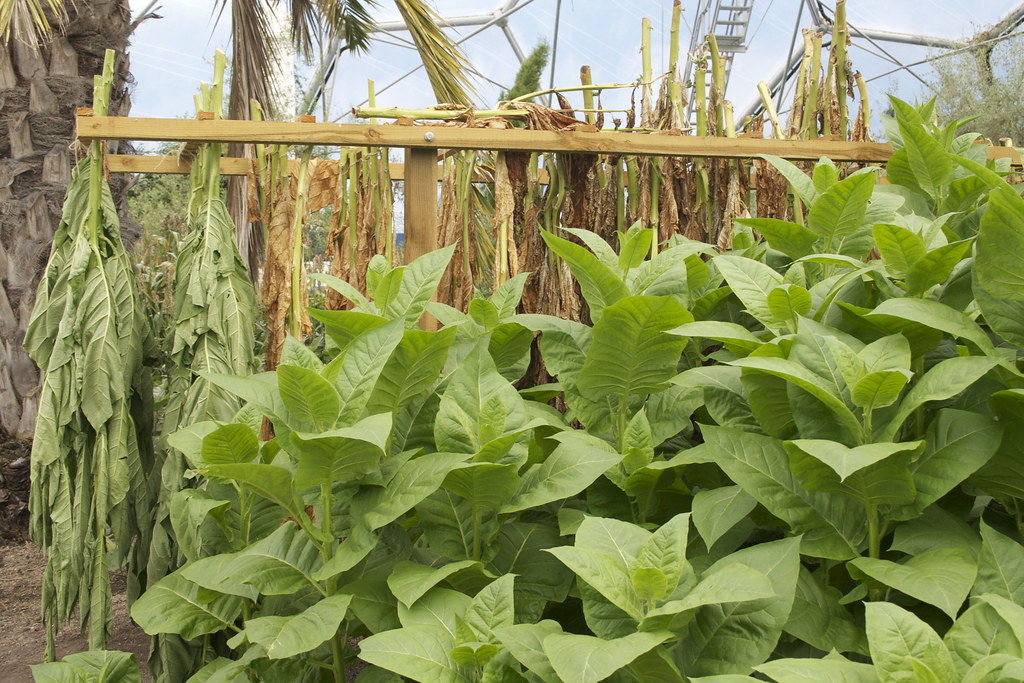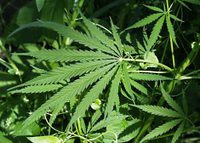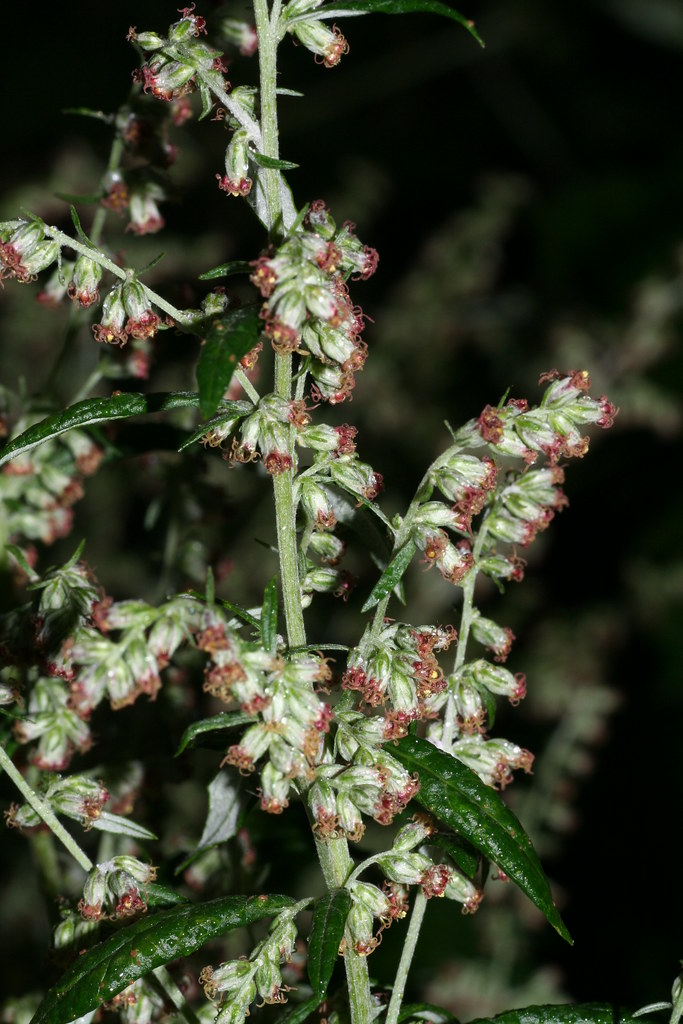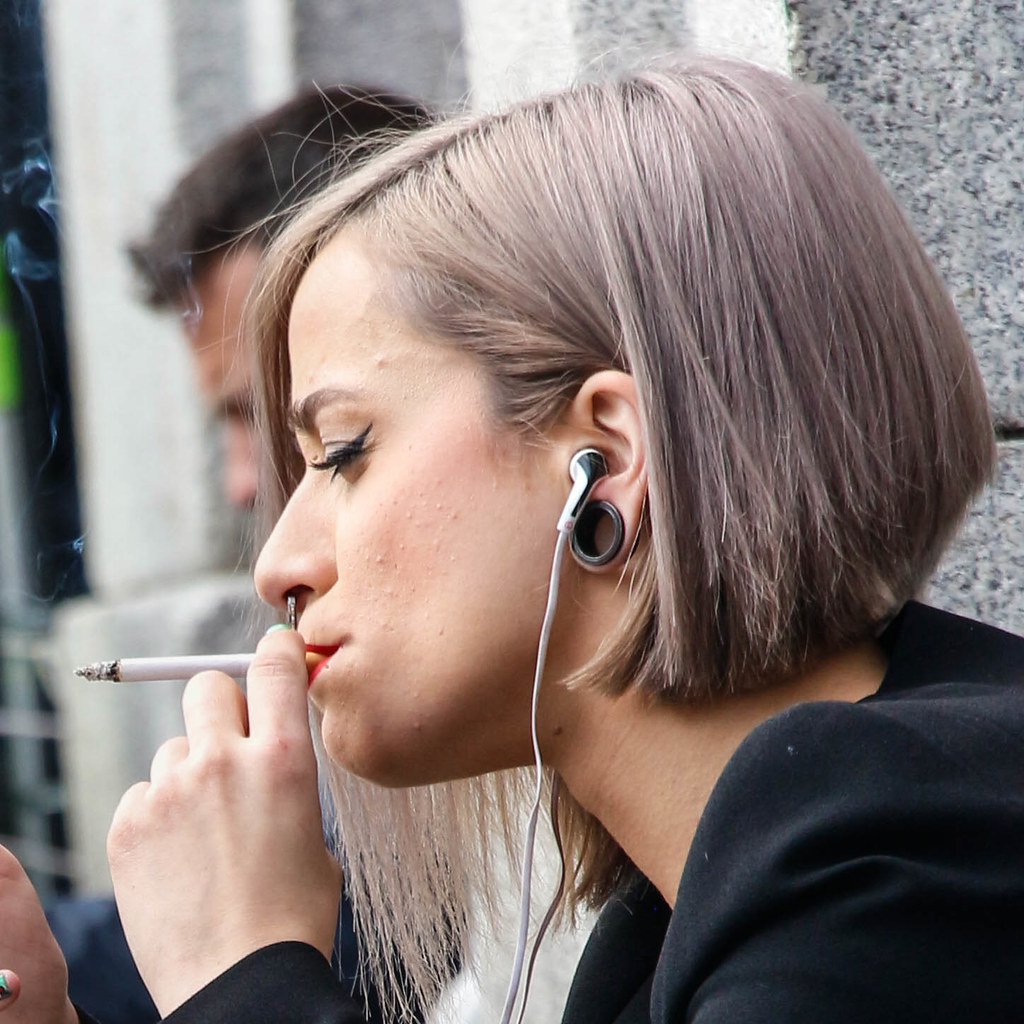Smoking herbs has gained popularity in recent years as people explore alternatives to tobacco. While some smoke herbs for their flavor or aroma, others seek out herbs for their purported medicinal benefits or psychoactive effects. However, it’s important to understand the legality of smoking various herbs, as laws can vary widely. This article will provide an overview of the legal considerations surrounding smoking herbs.
Understanding Controlled Substances
In the United States, the legality of herbs is primarily determined by the Controlled Substances Act (CSA). The CSA categorizes substances into five schedules based on their potential for abuse, accepted medical use, and safety 1. Many herbs containing psychoactive compounds, such as marijuana (Cannabis sativa), salvia (Salvia divinorum), and kratom (Mitragyna speciosa), are classified as controlled substances under federal law.
Federal vs. State Laws
It’s crucial to recognize that while federal law provides the overarching framework, individual states can enact their own laws regarding the possession, sale, and use of herbs. For example, while marijuana remains illegal under federal law, many states have legalized it for medical or recreational use 2. However, even in states where certain herbs are legal, there may be restrictions on where and how they can be consumed.
Herbs for Smoking: Legal Considerations
When it comes to smoking herbs, legality largely depends on the specific herb and its legal status. Here are some common herbs and their legal considerations:
- Tobacco (Nicotiana tabacum): Tobacco is legal for adults to purchase and consume in most countries, although there are often age restrictions and regulations on where smoking is permitted.

Drying tobacco leaves hang alongside their lush green counterparts, playing a role in the process of producing legal smoking products.
- Marijuana (Cannabis sativa): The legality of marijuana varies by jurisdiction. While illegal under federal law in the United States, many states have legalized it for medical or recreational use. It’s essential to understand the specific laws in your area.

Cannabis sativa plants, which are at the center of legal discussions regarding their use and regulation.
- Damiana (Turnera diffusa): Damiana is legal to possess and consume in most countries, including the United States. However, it is not approved by the FDA for medicinal use 3.
- Mugwort (Artemisia vulgaris): Mugwort is legal to possess and smoke in most areas. However, some countries, such as Poland, have restrictions on the herb’s use 4.

Mugwort, with its small, greenish flowers, is used for various applications including as a smoking herb subject to legal regulations.
- Catnip (Nepeta cataria): Catnip is legal to grow, possess, and smoke in most jurisdictions. It is often used as a tobacco substitute or for its mildly sedative effects 5.
- Salvia (Salvia divinorum): The legal status of Salvia divinorum varies by location. Unlike marijuana, it is not regulated under federal law in the United States. However, many individual states have enacted laws restricting or prohibiting the sale, possession, and use of Salvia divinorum. In Canada, Salvia is a controlled substance under the Controlled Drugs and Substances Act. As with marijuana, it’s important to be aware of the specific laws in your area.
- Ephedra (Ephedra spp.): The legal status of Ephedra varies by jurisdiction. In the United States, the Food and Drug Administration (FDA) banned the sale of dietary supplements containing ephedrine alkaloids in 2004 due to safety concerns. Ephedra extracts that do not contain ephedrine alkaloids may be legal depending on the specific product and regulations. In Canada, the import and resale of Ephedra are prohibited unless you are a licensed producer or wholesaler. As with marijuana, it’s important to be aware of the specific laws in your area regarding Ephedra.
Additional Legal Considerations for Herbal Smoking Mixtures
It’s also worth noting that herbal smoking mixtures, sometimes marketed as “legal highs” or “herbal incense,” may contain a variety of plant substances. The legality of these mixtures can be even more complex, as they may include herbs that are legal on their own but become subject to regulation when sold as part of a blend intended for consumption. In the United States, for instance, the Synthetic Drug Abuse Prevention Act of 2012 placed many of the chemicals commonly found in synthetic cannabis mixtures into Schedule I of the CSA 6.
Moreover, the legal landscape is continuously evolving, particularly as new synthetic analogs and herbal substances emerge. Legislation often struggles to keep up with the rapid development and dissemination of these substances. Consequently, what may be legal today could be restricted or banned tomorrow, making it imperative for consumers to stay informed about current laws and regulations.
Risks and Precautions
Even if an herb is legal to smoke, it’s important to exercise caution and be aware of potential risks. Smoking any substance can have negative impacts on respiratory health, and some herbs may have interactions with medications or underlying health conditions. It’s always best to consult with a healthcare professional before using herbs for medicinal purposes.

Smoking involves risks, but at the end of the day, it's a personal choice
Herbal Smoking and Cultural Practices
Cultural practices also play a significant role in the legal status of smoking herbs. For instance, the use of peyote (Lophophora williamsii) in religious ceremonies by the Native American Church is federally protected in the United States, despite peyote’s classification as a Schedule I controlled substance 7. This exemption illustrates the importance of cultural considerations in the legal framework surrounding psychoactive herbs.

An elderly man in traditional attire reflects a cultural tradition of smoking with a long pipe
Conclusion
The legality of smoking herbs is a complex issue that depends on the specific herb, jurisdiction, and intended use. While some herbs, like tobacco and catnip, are generally legal to smoke, others, such as marijuana and salvia, are subject to varying levels of regulation and prohibition. By understanding the laws in your area and the potential risks involved, you can make informed decisions about smoking herbs responsibly.

Leave a Reply